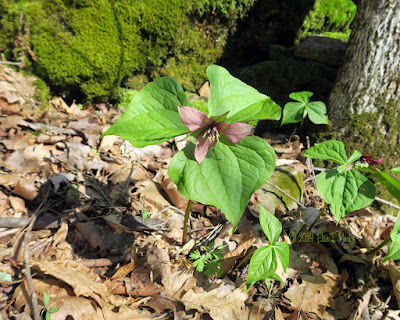Who knew Arugula flower are so cool looking!
THANKS FOR YOUR VISITS, FAVS AND COMMENTS. AS ALWAYS, APPRECIATED VERY MUCH!© ALL RIGHTS RESERVED BY ELISE T. MARKS. PLEASE DO NOT USE THIS IMAGE ON WEBSITES, BLOGS OR ANY OTHER MEDIA WITHOUT MY EXPLICIT WRITTEN PERMISSION.MY PHOTOGRAPHS ARE AVAILABLE FOR PURCHASE THROUGH ELISECREATIONS.NET
MY PHOTOGRAPHS ARE AVAILABLE FOR PURCHASE THROUGH ELISECREATIONS.NET



























































